Claro M. Recto
A bequest to the nation
Claro M. Recto was believed to be “the finest mind of his generation” — who could have easily held his own alongside Jose Rizal and Apolinario Mabini. He was considered the political template of the likes of Jose Diokno and Lorenzo Tañada.
All of these gentlemen — except, of course, the beloved Rizal — have disappeared from public memory, and if you tapped a college student on the shoulder these days and asked who Claro M. Recto was, you’d probably find out that they don’t even recall the name on the street sign of one of Manila’s once-important avenues.
It’s a measure of the times that instead of giving these Brainiacs their due and paying homage to them as terrific role models, we are left to fritter away our time on the LA Lakers and Netflix, both of which would have had the old man spinning like a top in his grave.
One of his legacies was his masterful contribution to the drafting of the 1935 Constitution. Historian Jose Victor Torres notes it was 'one of the most important documents of our history — and began the nation’s road to independence.'
Recto also belongs to a lost generation, forgotten for the simple reason that his works have not made the transition to the digital age and can be scarcely found online.
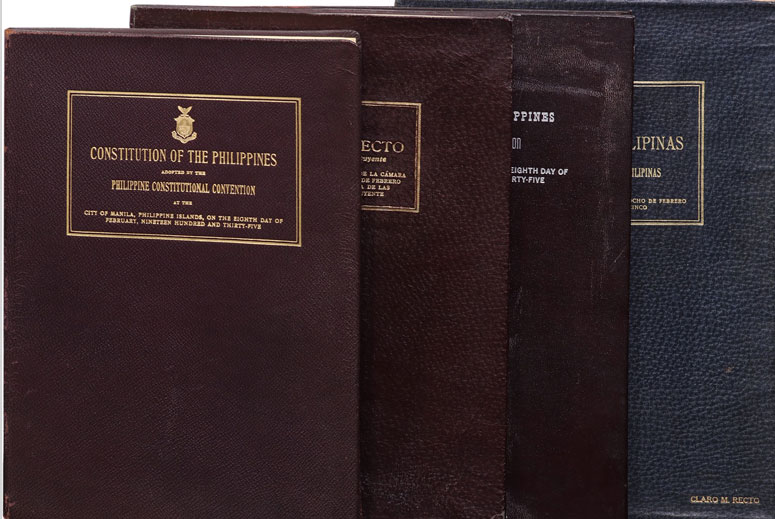
But there was a second, perhaps more telling circumstance: as one chronicler of the times put it, his political opinions came at a time when to bring up such subjects — questioning the US bases and the role of the Church in matters of State — “was to court personal disaster.”
One of his legacies, however, was his masterful contribution to the drafting of the 1935 Constitution. Historian Jose Victor Torres notes it was “one of the most important documents of our history — and began the nation’s road to independence.”
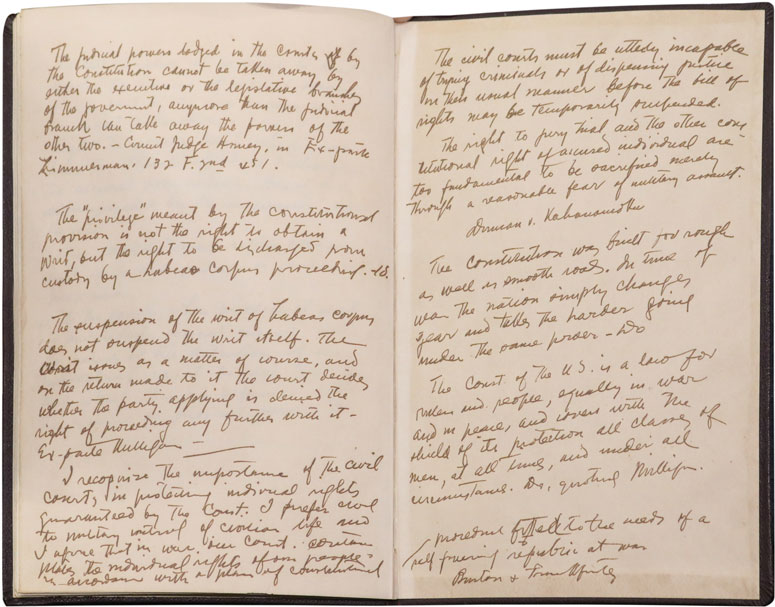
There are three original copies of that milestone constitution (both the English and Spanish versions): one is the copy for Recto as convention president, which features the signatures of the delegates; another one is a signed copy that he gave to his wife, Aurora; and lastly — and most valuable, perhaps — a copy heavily annotated by Recto in his own handwriting of his opinions on the different constitutional provisions.
A fourth volume features Recto’s own valedictory at the closing rites of the convention. All these come from the personal library of the grand old man himself through former Batangas vice governor Ricardo Recto.
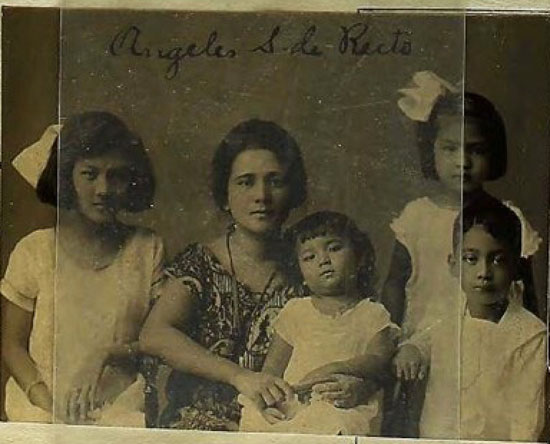
To Manila’s fashionistas, however, Recto may be best remembered through his daughter, society icon Chona Kasten — as well as her children, former model Techie Ysmael Bilbao and bon vivant Louie Ysmael, who may likewise be members of an endangered albeit glamorous species.
“My earliest memories of Lolo Claro were the Leveriza Mansion with the winding staircase, lined with report cards, certificates and diplomas on the wall, the Recto Law Office with a private library, and his books of poems,” recalls Techie Ysmael-Bilbao. “He would read to us in three languages. He would wear only white sharkskin suits or beautiful, ornate barongs.
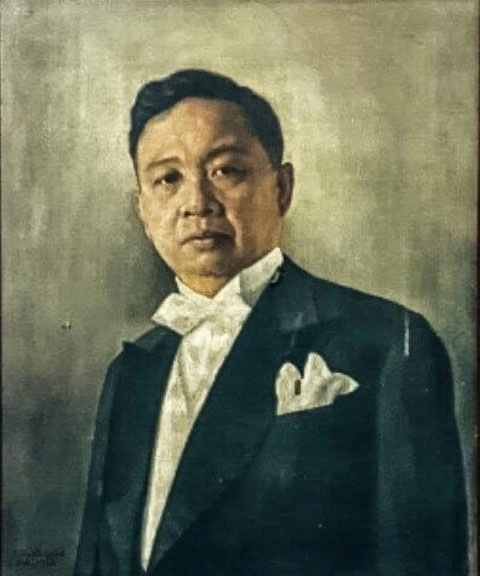
“Lolo Claro would always be up at the crack of dawn,” she continues. “He would be off to work, always meticulously dressed and smelling of soap and eau de cologne. At home, he would be in silk pajamas and would always be reading and thinking.
“We were quiet and spoke softly because we sensed that being rowdy would bother Lolo Claro. Today, this is considered demeanor from the ‘old world;’ that is, being well-mannered, refined and gracious. He was affectionate and paid attention to the way we were dressed and acted. We greeted him with a kiss on each cheek, and rode in his noisy Benz diesel automobile with a No. 8 plate (he was a senator of the Republic) and a uniformed chauffeur. There would always be the scent of barako coffee wafting into the dining room, a table filled with lots Filipino and Spanish food, covered with a crisp white tablecloth under slowly turning ceiling fan,” Bilbao fondly remembers.
According to his grandson, Louie Ysmael, “He was very fond of us kids and we would see him the most at his home and office in Leveriza Street in Pasay, which is now the Recto museum. I also remember summers in Baguio at our family summer home on a street above Leonard Wood Road. It’s now known as CM Recto Street. We were toddlers then and when we visited in Leveriza we would grab anything of interest on his desk, including loose change and he would say, ‘Yes, Tikit, tikit! (or “Take it!” with a rich Batangueño accent). I am very proud to be his grandson.”
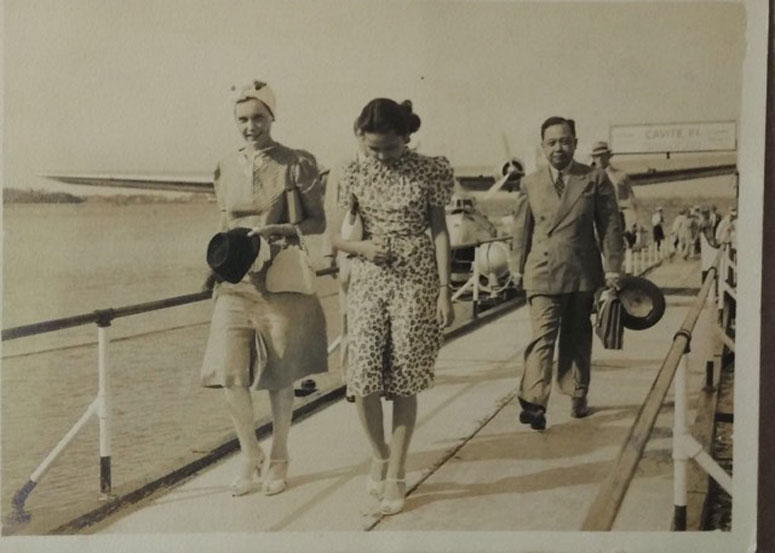
“The last time I saw Lolo Claro was when he left for Italy,” Bilbao reveals. “He had a heart attack in Venice and passed away abroad. My mom and Lola Aurora were so distraught! That was a very sad time for our family.”
Today, Claro M. Recto’s memory lives on with renewed attention to one of his most important bequests to the nation.
* * *
Lot 952, comprised of these magnificent documents, is the highlight of the León Exchange Online Auction Edition 19. It will be featured on Day 2, or Saturday, April 10, of the three-day auction of over 1,800 lots.
The online event will begin on Friday, April 9, through Sunday, April 11, all days starting at 11 a.m. For more information, call 8856-2781 or email info@leon-gallery.com. To register and to bid, visit www.leonexchange.com.
Banner photo courtesy of the National Library.



